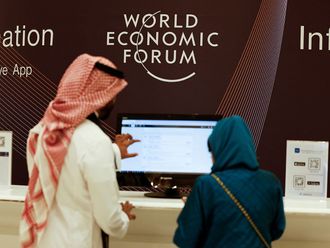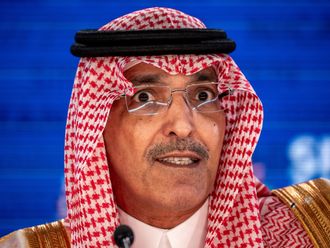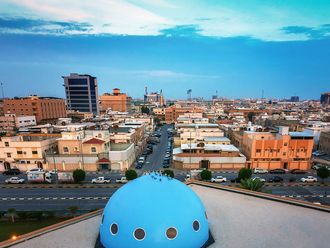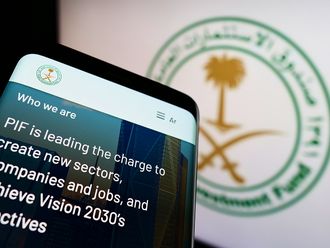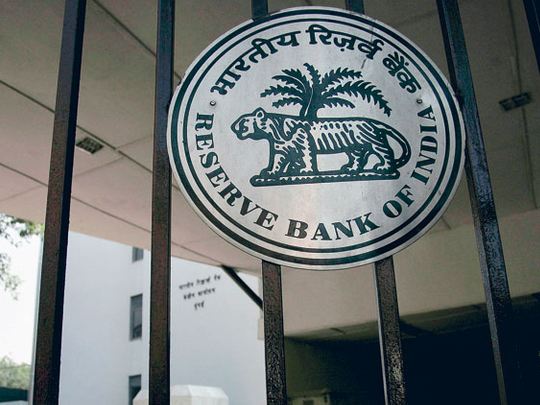
Mumbai: India's central bank has hiked cash reserve requirements for lenders but left key interest rates unchanged as it tries to contain inflation without undermining an economic recovery.
The three quarters of a percentage point increase yesterday in the reserve requirement for banks to 5.75 per cent was more than expected.
The Reserve Bank of India also raised its projection for economic growth for the fiscal year ending March from 6 per cent to 7.5 per cent. It says inflation will likely hit 8.5 per cent by March.
The bank said the hike in reserve requirements would drain Rs360 billion ($28.6 billion) of liquidity from the financial system. Economists expect the bank to raise interest rates by April.
This is the first meaningful monetary policy reversal from the Reserve Bank, which has infused India's trillion-dollar economy with more than $125 billion in actual or potential liquidity since the global financial crisis hit in September 2008.
"Our main policy instruments are all currently at levels that are more consistent with a crisis situation than with a fast-recovering economy," the bank said in a statement. "It is, therefore, necessary to carry forward the process of exit further."
As economic recovery takes root across Asia, central banks have begun to reverse monetary stimulus measures. In October, Australia became the first major economy to raise interest rates since the outbreak of the financial crisis, hiking its key rate by a quarter point from a 50-year low. This month, China ordered banks to set aside more reserves to staunch lavish lending and cool what could be a real estate bubble.
Fuelled by spending
India has emerged from the global bust faster than many expected, but much of its economic growth — which bounced back to 7.9 per cent in the July-September quarter — has been fueled by extra government spending.
Goldman Sachs calculates that government spending contributed 40 per cent to 50 per cent of India's total GDP growth in the year to September, and economists worry that hiking rates before private investment gains traction could undermine the recovery.
At the same time the Reserve Bank is struggling to cope with rampant food price inflation, which it has little power to contain.
In December, the headline wholesale price index jumped 7.3 per cent. Most of that rise was driven by food prices, which surged nearly 20 per cent, as India's weakest monsoon in four decades and persistent distribution bottlenecks created supply side constraints, which monetary policy can't do much to fix.
But as consumer demand and industrial activity pick back up, pushing up wage and input costs, non-food inflation has been rising as well. "Though inflationary pressures in the domestic economy stem predominantly from the supply side, the consolidating recovery increases the risks of these pressures spilling over into a wider inflationary process," the bank said yesterday.
Prices of manufactured products rose 5.2 per cent in December, up from a 0.5 per cent rise in September, suggesting that inflationary pressures have already begun to spread beyond drought-affected farm products. Economists had expected a hike of half a percentage point in the cash reserve ratio Friday, and most expect the bank to begin raising interest rates by April.
Beginning in September 2008, the bank slashed the cash reserve ratio — the amount of cash banks must keep on hand — from 9 per cent to 5 per cent.
It also cut the benchmark repo rate — at which the central bank makes short-term loans to commercial banks — from 9 per cent to 4.75 per cent, and slashed the reverse repurchase rate — the rate at which it borrows from commercial banks — from 6 per cent to 3.25 per cent. Those policy rates were left unchanged yesterday.
The bank eased toward a policy reversal at its last meeting, in October, by undoing some special measures to boost liquidity it introduced in late 2008.



